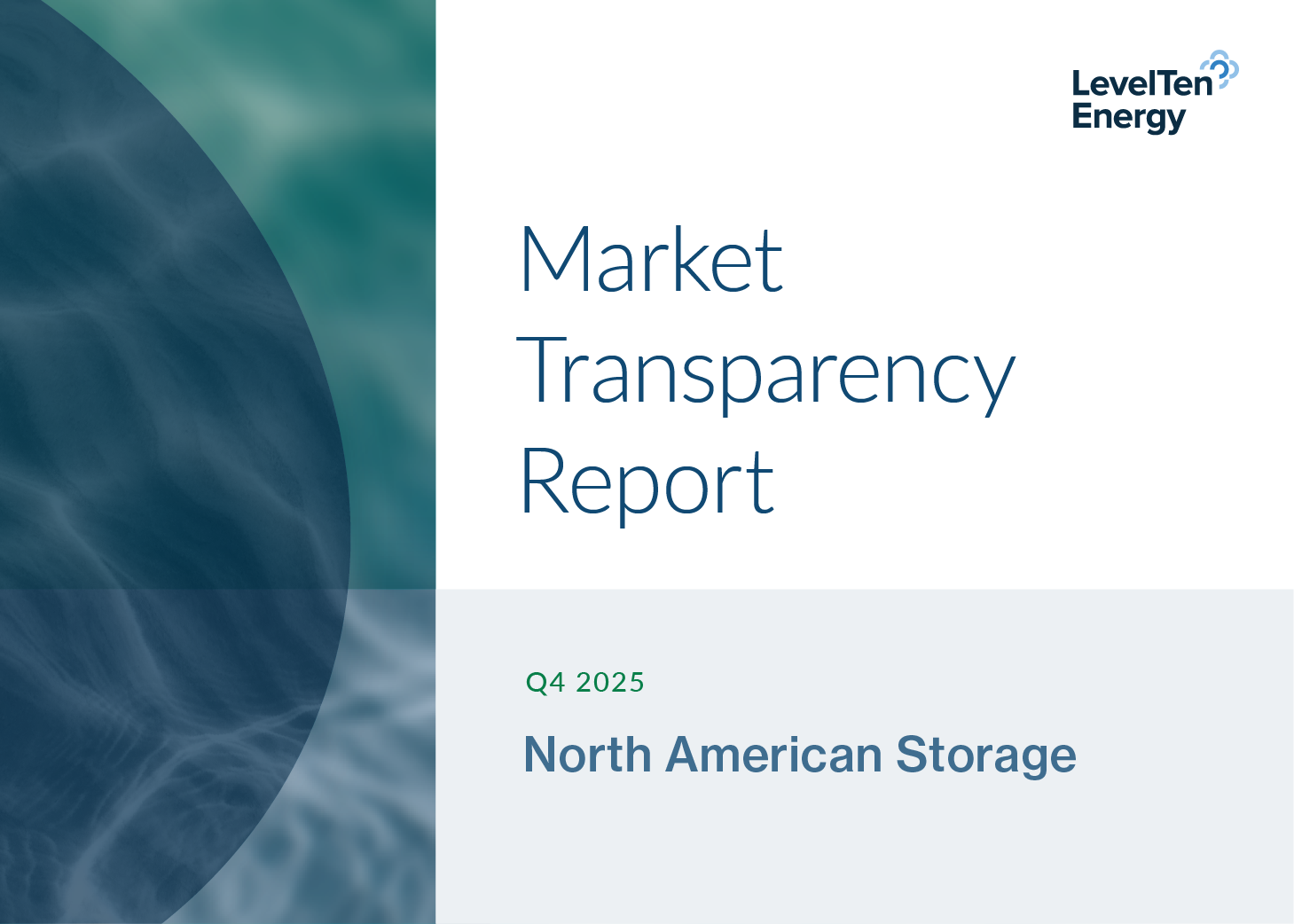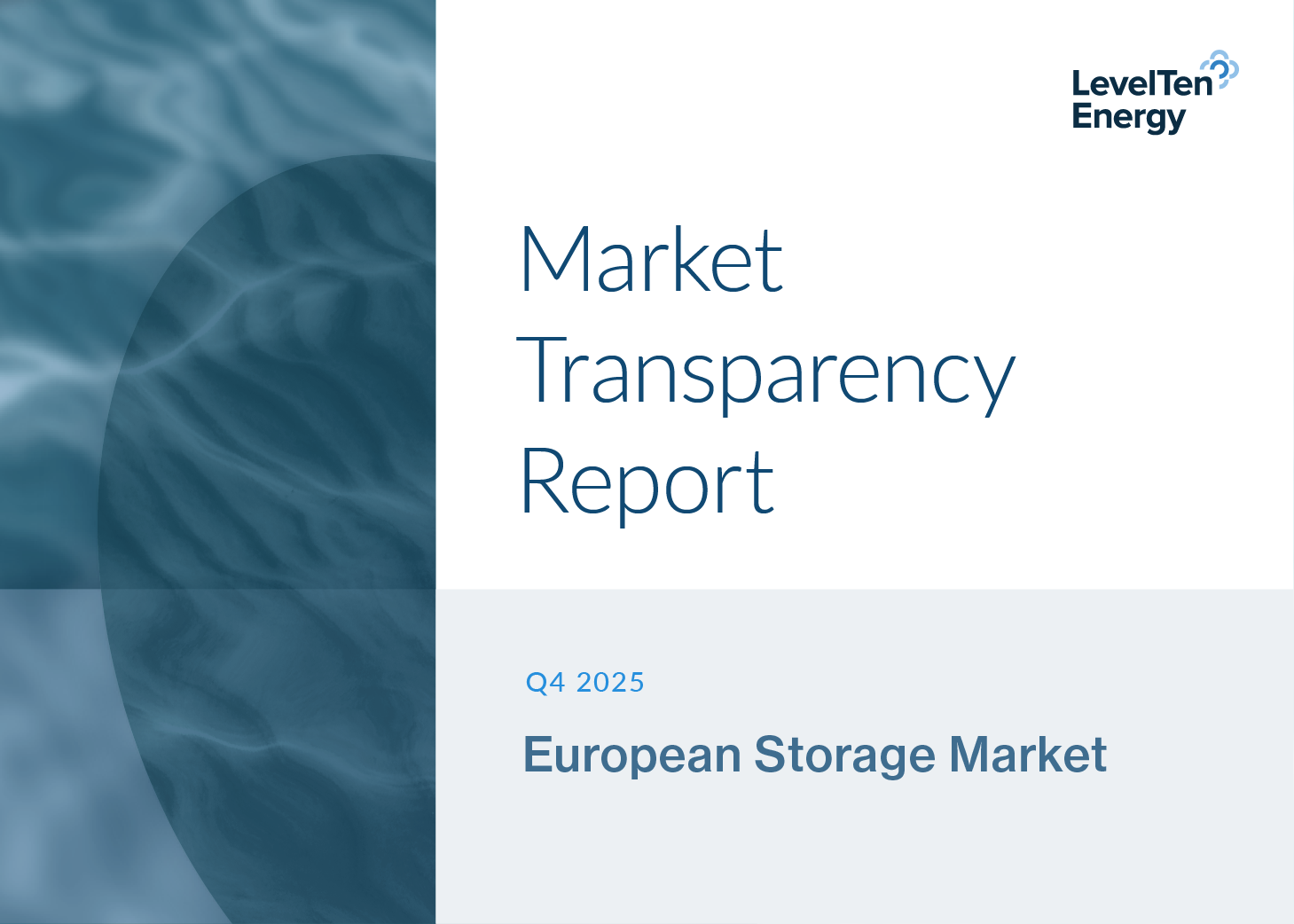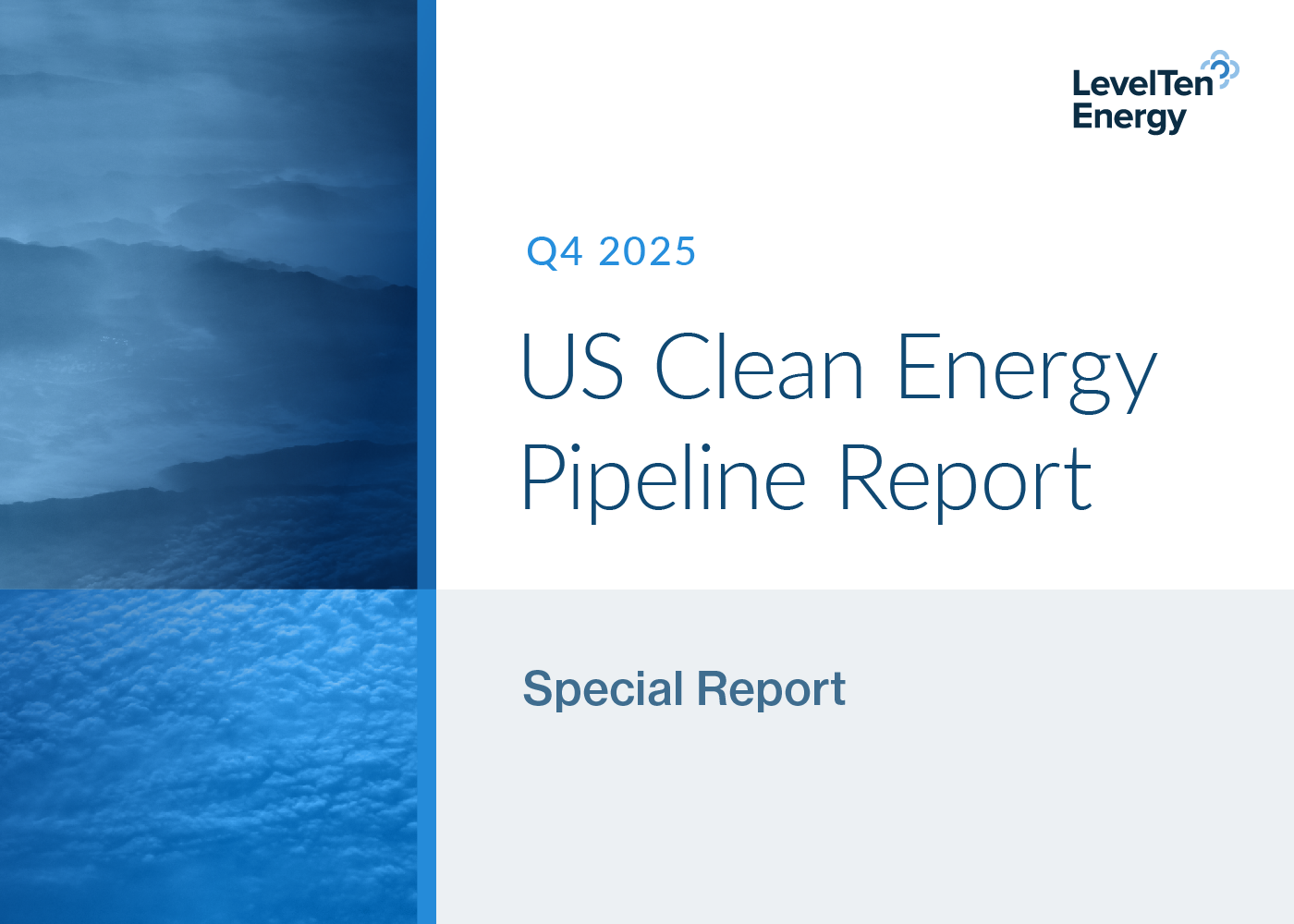These are unprecedented times for energy markets. After centuries of fossil fuel dominance, the energy sector is taking real action to decarbonize, and renewable resources are contributing more and more to the generation mix, even as electricity demand grows. But the world is still highly dependent on fossil fuels, and the dynamics of global energy markets are complex. What’s more, the COVID-19 pandemic has complicated these global dynamics a great deal, and is presenting unique and unprecedented challenges for how we heat and power our homes and businesses.
For months, Europe has been gripped by rising energy prices, and is now facing a full on crisis. As of September, wholesale electricity prices in Germany neared €130/MWh, and in France, they were even higher. In the UK, September wholesale prices nearly reached £200/MWh — up four-fold from a year before. Italian wholesale prices exceeded €150/MWh in September, and in early October, Spanish wholesale prices reached an astonishing €216/MWh. How are such sky-high prices even possible, and what’s causing the relentless rise of European electricity prices?
Natural Gas Stockpiles are Running Low
As with most things, there is no one simple answer. To understand this crisis, let’s first zoom out and look at the global energy landscape. As nations around the world pledge to reduce emissions, coal has (in most places) begun to fade from the picture, with natural gas stepping in to fill the gap. During the initial pandemic lockdowns, global energy demand fell significantly, and as a consequence, natural gas prices decreased. But since lockdowns began to ease in the first half of 2021, energy demand has risen significantly, and supply has struggled to keep pace.
Natural gas prices are normally higher in Asia, which means most gas importers prioritize Asian markets before European ones. This typically isn’t an issue: Europe is working to decarbonize, and has been trying to reduce its use of natural gas. European nations tend to opportunistically stockpile gas reserves when prices are low for use in peaker plants (which are turned on at times when grid demand is high). But since Asian demand began skyrocketing over the past several months, global natural gas supply has become extremely constrained, and Europe has been unable to replenish its natural gas stockpiles. As winter — with its peak electricity demand — looms just a few months away, many countries are rightfully concerned over their low gas supply.
To compound these issues, pandemic-related lockdowns reduced production from Indonesian, Australian, and Indian coal mines (with India’s monsoon season making matters even worse). This has caused Asia (particularly China) to rely even more on natural gas to fuel its economic recovery, further reducing available supply for Europe. And while several Russian gas pipelines do flow into Europe, much of this capacity — particularly through Poland and Ukraine — has been largely inactive. Russia is pushing for German approval of its Nord Stream 2 pipeline and is hesitant to sell Russian gas on the spot market, and while more Russian gas could alleviate some of Europe’s supply troubles, the approval of the pipeline and signing of long-term contracts with Russian gas companies represent politically fraught decisions for European leaders. There is also speculation as to whether Russia can actually produce the volume of gas needed to materially ease fuel costs in Europe.
Carbon Prices Spike With Demand
A perfect storm of difficult market dynamics and pandemic-related economic fluctuations have left Europe in a very tough position. But another factor is driving electricity prices even higher: The price of carbon in Europe has been rising consistently as well. With the passage of the “Fit for 55” package — which commits the EU to a 55% reduction in emissions by 2030 — carbon prices have spiked from around €20/tonne in March of 2020 to more than €60/tonne in September 2021. The cost of these carbon allowances is added on to the price of gas and drives costs up even further.
Reduced Wind Speeds and Scheduled Maintenance Reduce Energy Supply in the UK
The UK has been enduring sky-high electricity prices as well, but with a unique story all its own. A few extremely high-priced days in September, caused by a precipitous drop in capacity, drove wholesale electricity prices sky high. So what happened?
Because of pandemic-related delays, scheduled maintenance was occurring on several combined cycle gas plants at once, as well as on a 1,1 GW nuclear facility that’s being prepared for decommissioning. At the same time, wind speeds dropped almost 65% below the seasonal average, reducing wind generation capacity factors by half. This confluence of circumstances left the system with only 2 GW of spare capacity — an extremely tight reserve margin — that sent wholesale prices soaring. These events speak to the complexity of the energy moment we’re in: The simultaneous decommissioning of historical generation facilities, transitions between fossil fuel generating sources, and a growing reliance on renewable sources (with the added complications of pandemic economics) presents new challenges for grid operators when it comes to balancing the grid and planning for unlikely, but entirely possible, events.
Government Responses Stir Up Markets
So what actions are governments taking, and when might this crisis be resolved? In Italy, the government has set aside €3,4 billion to support low-income households and has suspended grid charges for private residents, in addition to more generally subsidizing electricity costs. The French government has planned to raise gas prices a final 12,6%, and then freeze prices until April, and is handing out energy vouchers to struggling households. The Spanish government has suspended supply cuts to vulnerable residents until 2023, and in mid-September introduced a new Royal Decree Law which reduces revenues for renewable facilities and ties compensation for clean energy generators to average Iberian gas prices, to be determined on a monthly basis.
The Royal Decree has sent shockwaves through Europe’s hottest renewable PPA market. Major developers are pausing new investments and re-assessing project economics in light of the new law, and BloombergNEF has projected Spain could lose as much as 1,5 GW of potential solar additions in 2022 as a result of the Decree. After many quarters of rapid growth and dropping PPA prices, it may finally be that the European energy crisis — and the Spanish government’s response to it — will begin to slow the remarkable competitiveness of Spain’s PPA market. LevelTen’s Q3 Price Index Report data shows that Spanish P25 solar PPA prices have leveled out after decreasing for several consecutive quarters, and that Spanish wind prices rose during Q3.
In the UK, extreme wholesale prices have impacted both wind and solar PPA prices, which spiked precipitously during Q3. Italian solar PPA prices remained level during Q3. However, it has yet to be seen if Italian PPA prices can remain indefinitely resilient in the face of continued wholesale price increases. It’s clear that the decisions European governments make in response to the wholesale price crunch may impact PPA markets to different degrees, depending on the nature of those policy choices.
Renewables Key to Reducing Reliance on Natural Gas, Though Challenges Remain
More broadly, how can a crisis of this nature be prevented going forward? First and foremost, there must be a focused and proactive effort to expand and modernize the European electrical grid to accommodate not only more renewable resources, but also the resources that will allow renewable generation to serve as baseload power. The nature of these upgrades and strategic additions can, and should, be debated. There are many options at our disposal for creating a modern and more resilient grid — from pumped hydro, compressed air, and hydrogen, to battery storage, smart grid software for agile load shifting, and co-located wind and solar for complementary generation. Perhaps, if not probably, we will see some combination of all of these things and more in the coming years.
It’s also crucial that citizens use the full power of their vote to elect leaders who prioritize and understand both the urgency of climate change, and the nuances of creating a decarbonized grid. Germany’s Green Party achieved remarkable success in their recent election, and central governments must continue to prioritize regulatory changes and policy decisions that will bring about a sustainable future. The current energy crisis is an example of what happens when many things go wrong at once. But with strategic planning and forward-thinking decisions, it is also possible for many things go right at once. If policy makers can think holistically about facilitating the clean energy transition, it is possible to significantly speed interconnection queues and permitting for renewables, invest strategically in the grid, and create broad economic benefits that lead to a more sustainable economy, and future, for everyone.
To learn more about the impacts the European energy crisis is having on PPA prices in Europe, download LevelTen's Q3 PPA Price Index Reports.






